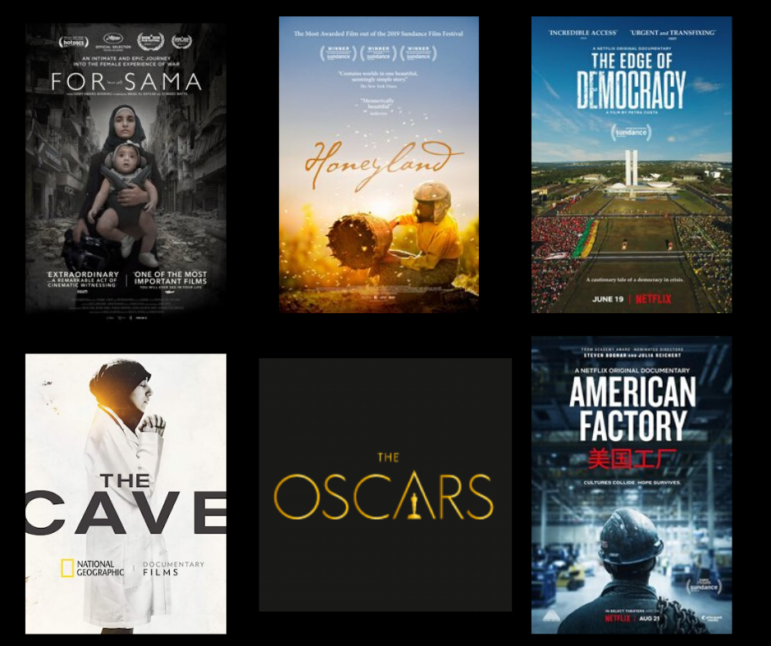
News & Analysis
Watch the Oscar-Nominated Feature Documentaries
The nominees for the best feature documentaries for the Academy Awards include powerful films from Syria, Brazil, North Macedonia and the United States. Here’s a brief introduction.

The nominees for the best feature documentaries for the Academy Awards include powerful films from Syria, Brazil, North Macedonia and the United States. Here’s a brief introduction.

Each day, GIJN editors scan the web for the latest news on investigative and data journalism, reports and analysis on sustainability and innovation in journalism, as well as tips and tools which support the craft. Our new weekly series rounds up some of our favorites from around the web. Here’s what we’re reading this week.

What’s the global data journalism community tweeting about this week? Our NodeXL #ddj mapping from January 6 to 12 finds the New York Times exposing partisan editing in school textbooks, a new data science platform from Turkey, Delayed Gratification’s infographic on how to become the British prime minister, Alberto Cairo making his graphics available for free, and an analysis of fact-checks of Brazilian President Jair Bolsonaro.

GIJN asked investigative journalists around the world to look ahead at what’s in store for 2020. Here are the trends, key forces, and challenges they expect will affect investigative and data journalism in the coming year, as well as the new skills and approaches we should be thinking about.
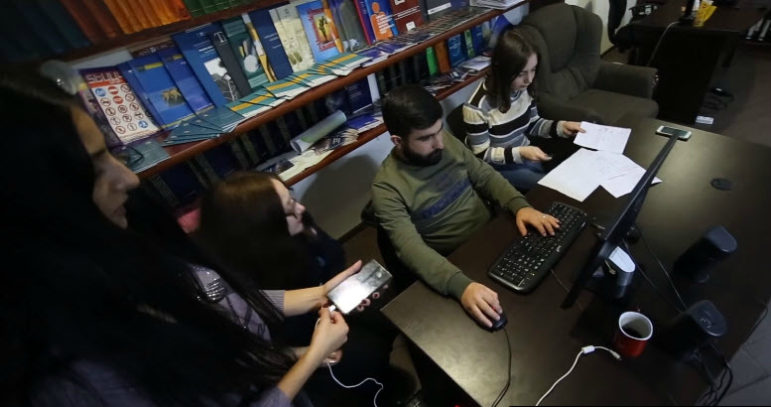
Around the world, millions of people seem to be tuning serious journalism out, as the fallout from misinformation, fatigue, and rival information sources overwhelm audience attention. But in three developing countries, large new audiences are now tuning in – to watch investigative reporting teams compete in Pop Idol-style reality shows.

Investigative journalist Ignace Sossou was sentenced to 18 months in prison and fined $338 for “harassment ” by a court in Benin. His crime? Sossou posted three tweets quoting the country’s public prosecutor, who had been speaking candidly about digital regulations.
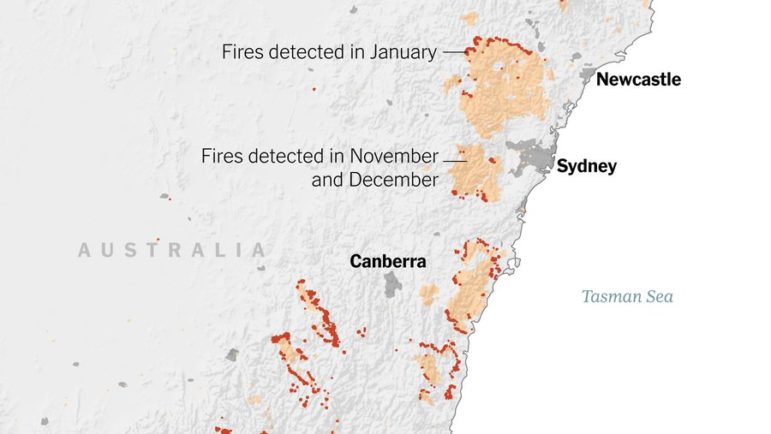
What’s the global data journalism community tweeting about this week? Our NodeXL #ddj mapping from December 30, 2019 to January 5, 2020 finds The New York Times examining Australia’s brutal fire season, the launch of The Sigma Awards to honor outstanding data journalism, Der Tagesspiegel analyzing the major changes across the globe in the past decade, and inspiring best-of data visualization lists by Nathan Yau, Pew Research Center, ZEIT ONLINE, the Los Angeles Times and the Financial Times.

The Membership Puzzle project went around the world to identify “memberful” routines that incorporate community members’ knowledge and produce value for news organizations. Here is what they found.

Investigating a big story can create an abundance of leads — sometimes, more than one journalist or even one newsroom can use. Here’s how Reveal created its Reporting Networks to share those leads with local journalists across the United States.

Just by committing any act of journalism, you are worthy of a data breach. Whether you’re a freelancer or on staff, here are some tips from digital security experts about what you can do to keep yourself safe from attacks.

Historian and journalist Daniel Strieff has compiled a list of the most influential news stories in US history. Among them, investigations that deeply affected the country, from The Jungle to Watergate — but also lots of lesser-known stories.
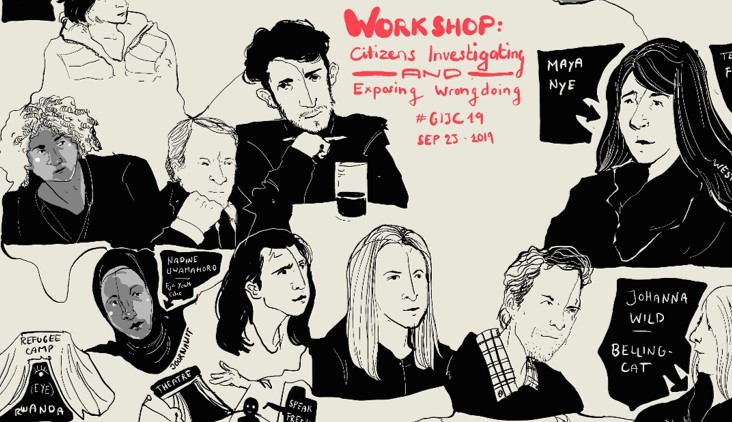
As democracy and human rights retreat from a growing worldwide assault, increasingly the public looks to independent, watchdog reporters to hold the line on truth and accountability. And those reporters, in turn, depend on GIJN for the latest tools, technology, and training. But we can’t do it without your help…

Satire can make journalism more entertaining and accessible for new audiences. But how can you turn your headline into a punchline? To find out, Amina Boubia from the Open Society Foundations’ Program on Independent Journalism spoke to two veterans of political satire: Isam Uraiqat and Juan Ravell.

GIJN’s ever-growing Resource Center added many new or substantially revamped guides this year, including packages on climate change, land ownership, women journalists, data journalism, tracking planes, and working with whistleblowers.
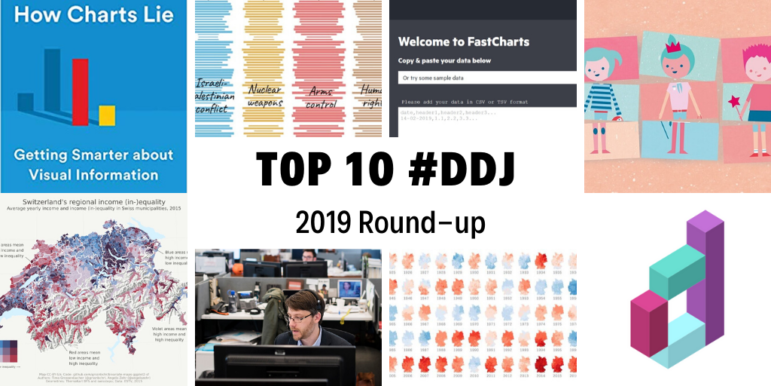
Throughout this year, we’ve brought you weekly “snapshots” of the Twitter conversation surrounding data journalism. But this week, we look at what the global data journalism community tweeted about the most during all of 2019. Below you’ll find links to stories from Brazil, Germany, Switzerland, the UK, the US, and elsewhere.

As part of the GIJN Editor’s Pick series for 2019, here are some of the best works of investigative journalism from the MENA region, as selected by GIJN’s Arabic Editor Majdolin Hasan.

A group of independent reporters and photographers, working in different parts of Mexico, decided to come together and try to answer a fundamental question: Where do the disappeared of the drug war end up? GIJN’s Spanish editor Catalina Lobo-Guerrero spoke with the team of journalists to find out how they did it.

As part of the GIJN Editor’s Pick series for 2019, here are some of the best works of investigative journalism from China in 2019, as selected by the GIJN Chinese team.

It’s been another exciting year at GIJN with some great original stories — including tips, tools, techniques, and case studies galore, as well as our regular series How They Did It, My Favorite Tools, and Focus (GIJN’s member profiles) — alongside some of our favorite reads from around the web.

What’s the global data journalism community tweeting about this week? Our NodeXL #ddj mapping from December 2 to 8 finds The New York Times visualizing particle pollution in augmented reality; various media outlets investigating #29Leaks, a global reporting project based on a massive data leak from an offshore services provider; Columbia Journalism Investigations and ProPublica digging into the problem of sexual predators lurking in dating apps; and The International Consortium of Investigative Journalists breaking down the significance of the China Cables.

In a very difficult year for journalism, newsrooms around the Bangla-speaking region have produced significant investigations to reveal and expose modern day slavery, corruption, abuse of public funds, and more.
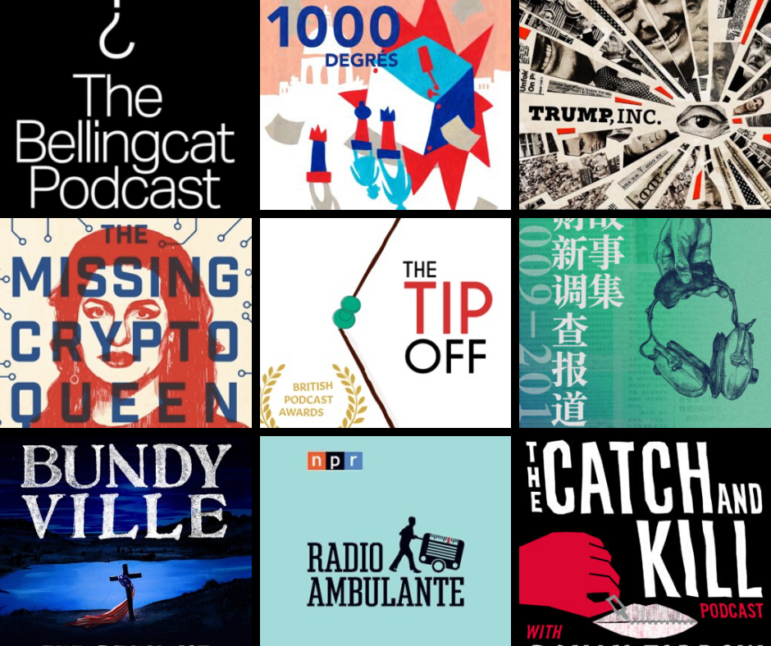
Compiling a list of the best investigative podcasts of 2019 may well be an impossible task. In the five years since Serial became a break-out hit, an avalanche of investigative podcasts has followed — and no, not all of them about true crime — with more coming out every year. With that in mind, here are just some of the most interesting investigative podcasts that aired in 2019.

GIJN in Russian Editor Olga Simanovych focused her selection on stories that used innovative approaches or new tools, or shed light on topics not usually covered.

When journalists practice transparency around their processes, their goals, and their values, news consumers tend to respond positively — and sometimes, they even spend more money on journalism. That was the case with an experiment that Trusting News ran with PolitiFact.
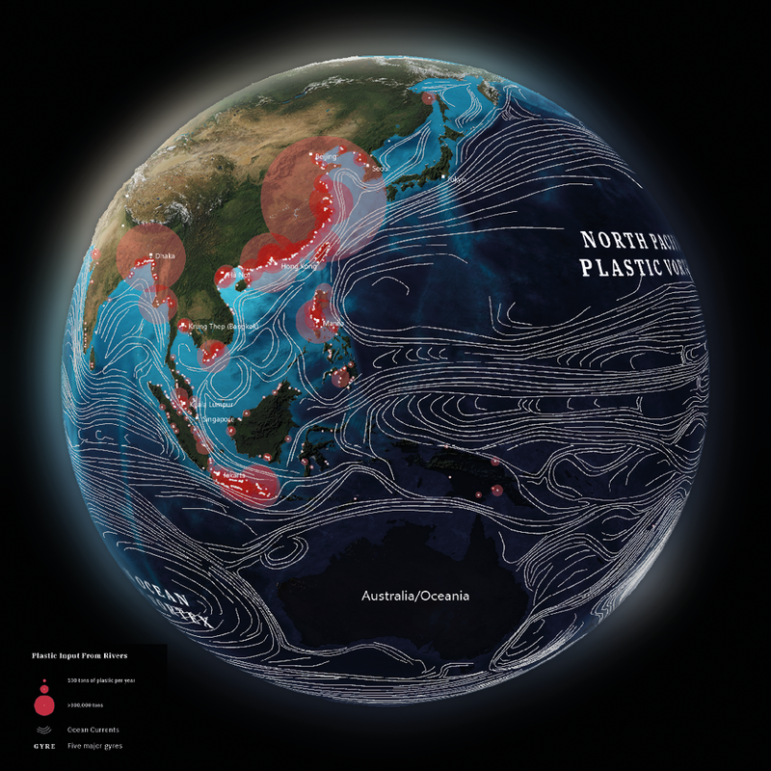
What’s the global data journalism community tweeting about this week? Our NodeXL #ddj mapping from November 25 to December 1 finds The New York Times profiling Bellingcat and its use of OSINT techniques; the International Consortium of Investigative Journalists and Stanford University collaborating to employ artificial intelligence to solve a journalistic problem; and the Science Communication Lab creating a beautiful interactive scientific poster to explore the world’s oceans.

Instead of recommending “the best” stories of the year, Spanish Editor Catalina Lobo-Guerrero decided to try a different approach with her 2019 selection.